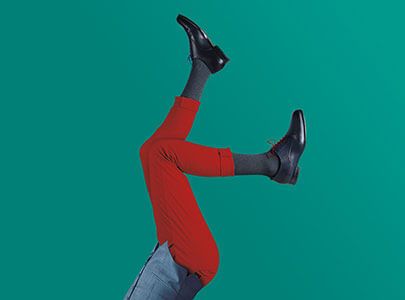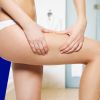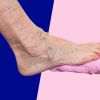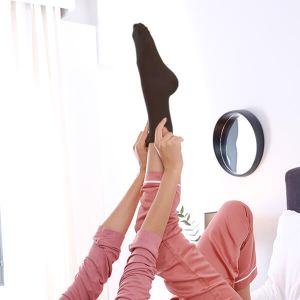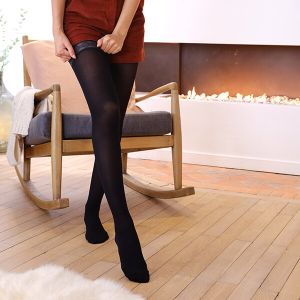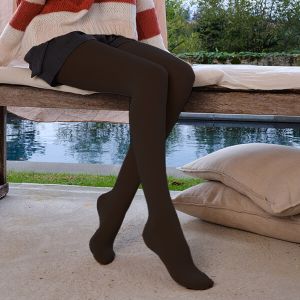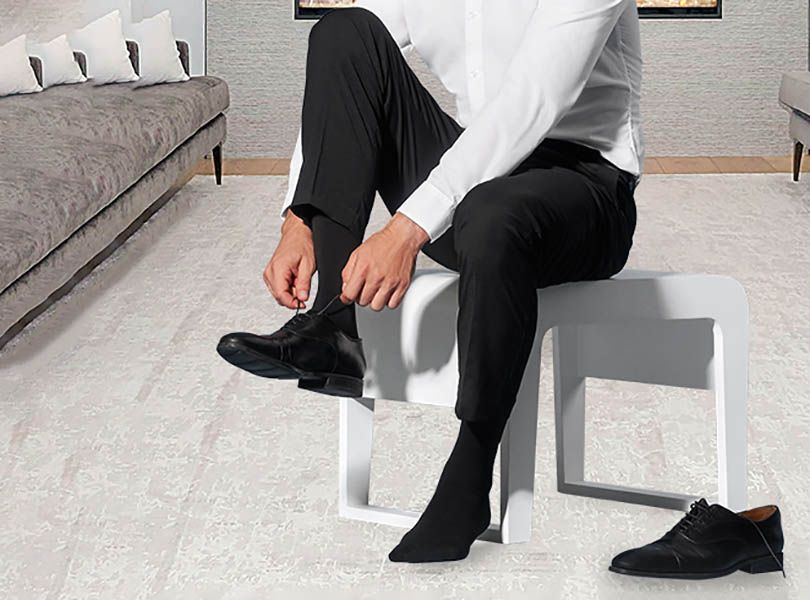Why does obesity promote varicose veins?
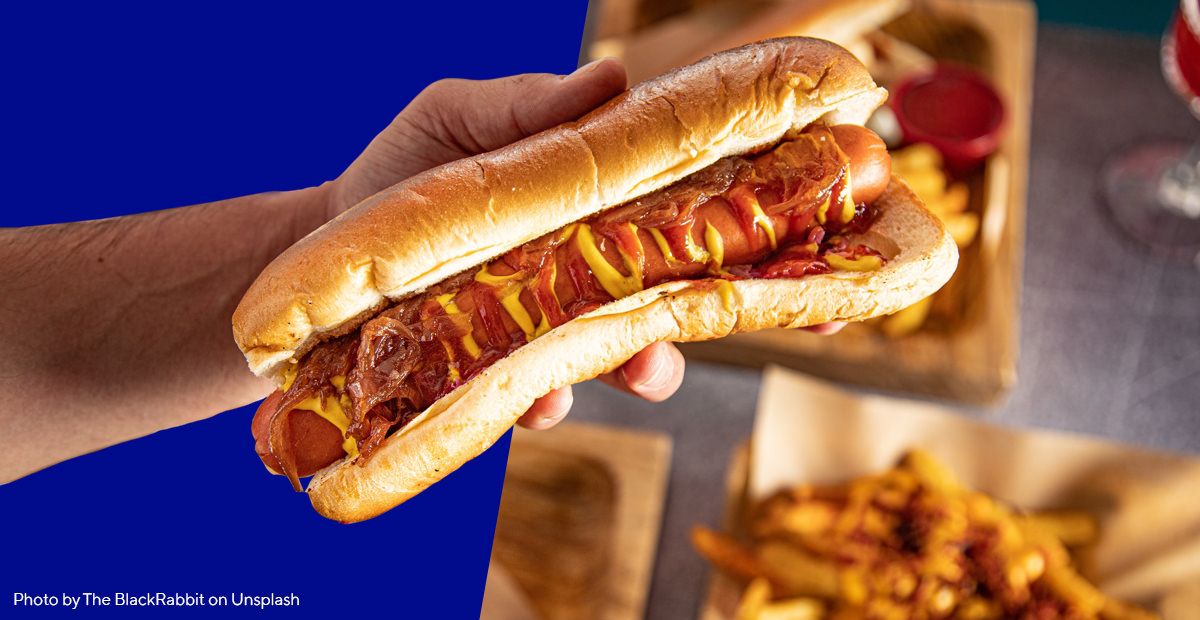
Although everyone has heard of varicose veins, and everyone has some idea of them, this is a disease that is rarely associated with obesity. In fact, genetic conditions have quite an influence on whether we develop varicose veins. However, this does not mean that we do not have any control over whether varicose veins will also get us.
Despite appearances, there are many things you can do to avoid varicose veins. These include, among others, a healthy lifestyle. It is a catch-all term which includes physical activity, healthy eating, but also avoiding stress and many other things. It is worth finding out how to reduce varicose veins if they have already appeared or how to reduce the risk of their appearance by means of a healthy lifestyle.
How do varicose veins form?
To understand what obesity and varicose veins have in common, you need to know how they form. In the lower limbs, there are superficial and deep veins, and their inner side is covered with special valves that support blood transport to the heart. They prevent the blood from flowing backwards.
Lack of exercise, abnormal construction or too few valves, blood vessel walls that are too flexible, leg injuries, carrying heavy loads, pregnancy, sedentary or standing work, sedentary lifestyle - all these factors may cause that the blood does not flow back to the heart, but does not flow back either, and so it accumulates in veins, stretching them and creating varicose veins. Once dilated, the vein remains in this form and forms a twisted pattern just under the skin on the leg.
Varicose veins and diet
To begin with, it is worth noting that what we eat has no direct bearing on the formation of varicose veins. It can, of course, promote other cardiovascular diseases, such as atherosclerosis. It does, however, translate into our weight.
And obesity, in turn, is a disease that attracts a host of other conditions. So it is difficult to say specifically what to eat for varicose veins. However, we can say with success that the quality of our food and its quantity has a huge impact on body weight. And the higher the body weight, the greater the strain on the entire body, including the veins of the lower limbs.
Just a few months of carrying extra weight in pregnant women results in the appearance of varicose veins. It is easy to guess what chronic overweight and obesity neglected for years can cause. Large amounts of heavily processed food, weakness for fast food, sweets, greasy Polish cuisine, and even alcohol can not only fatten the internal organs and blood vessels, but also cause a host of additional conditions typical of obesity, including venous insufficiency of the lower limbs.
Natural methods for varicose veins
Too often we wait until the situation becomes really serious. If the first symptoms have already appeared, they will certainly not go away by themselves, especially if we do not change anything in our behaviour. Therefore, it is worth knowing what can work most effectively on varicose veins.
Certainly, at the beginning it will be good to find time to start moving regularly. These do not have to be competitive sports - walks are enough, as long as they are repeated daily or at least several times a week. The intensity of the walk can be adapted to your needs and abilities. Instead of taking the lift, take the stairs. Instead of taking the bus to work, you can get off a stop earlier.
A preventive diet for leg varicose veins should be based on the same principle as any healthy diet. It must be based on vegetables and fruit, wholemeal products, valuable in protein. The consumption of sugar should be limited, and sweetened beverages should be replaced with water.
A diet to strengthen blood vessels should be rich in vitamin C and K, flavonoids (mainly diosmin) and rutin. These ingredients have an effect on sealing the walls of blood vessels and strengthening them. They can be found in e.g. avocado, sorrel, St. John's wort, citrus fruit, parsley, onion, sauerkraut, as well as peppers, broccoli, spinach or peaches.
A diet for varicose veins is one thing. To work comprehensively, you need to try a little harder. Apart from including physical activity into your daily schedule, it will be good to think about what to do to move more at work.
We spend most of the day there, so in order to stay healthy, it is worth introducing even small changes. This could be taking more frequent breaks to walk around the office, or doing simple exercises that can be done even at your desk.
While thinking about what is good for varicose veins, it will also be good to give up too tight clothes and underwear. The elastics sewn into them may restrict the free flow of blood. If varicose veins have already appeared, compression products such as compression tights, whose task is to improve the transport of blood to the heart and lungs from the lower limbs, are also a good idea.

